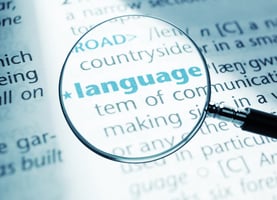An Institute of Medicine (IOM) report has proposed new diagnostic criteria for chronic fatigue...
Extreme Fatigue in Teens May Be Pathological Condition
 |
In addition, of those reporting extreme fatigue, about 50% also had a depressive or anxiety disorder, and these teens were more disabled and more likely to receive treatment for their disorders than their peers with fatigue only or with anxiety or depression only. However, since the teens with persistent fatigue but without comorbid depression or anxiety exhibited substantial impairment and "a striking degree of disability," the researchers said, this suggests "that fatigue states are themselves an important clinical entity."
For information about treating psychiatric illness in youngsters, see American Psychiatric Publishing's Concise Guide to Child and Adolescent Psychiatry, Fourth Edition.
(image: fotofreak/Shutterstock.com)





